OUR HISTORY

Our history
For nearly 30 years, we’ve been bringing together communities, funders and finance to support and strengthen communities in every corner of Scotland. To date, we have distributed over £200 million to communities across Scotland. This is our journey.
The early days
Foundation Scotland was ‘born’ in 1996, starting life as the Caledonian Foundation. Under this roof, the founders provided small-scale grants across Scotland. There was only one employee and a large volunteer base, mostly focussed on grantmaking. The founding trustees set-up ‘donor-advised’ funds and they also brought in some funds for grantmaking in Scotland from existing charitable trusts based in London. Many of these funds, and relationships, have endured to the present day.
In parallel, the Caledonian Challenge, a team-based sponsored walk on the West Highland Way, was born and its founder sought a means to distribute the funds raised. He discovered the Foundation as an organisation that could do this, initial funds were distributed, and over time trust was built such that event ownership passed to Foundation Scotland.
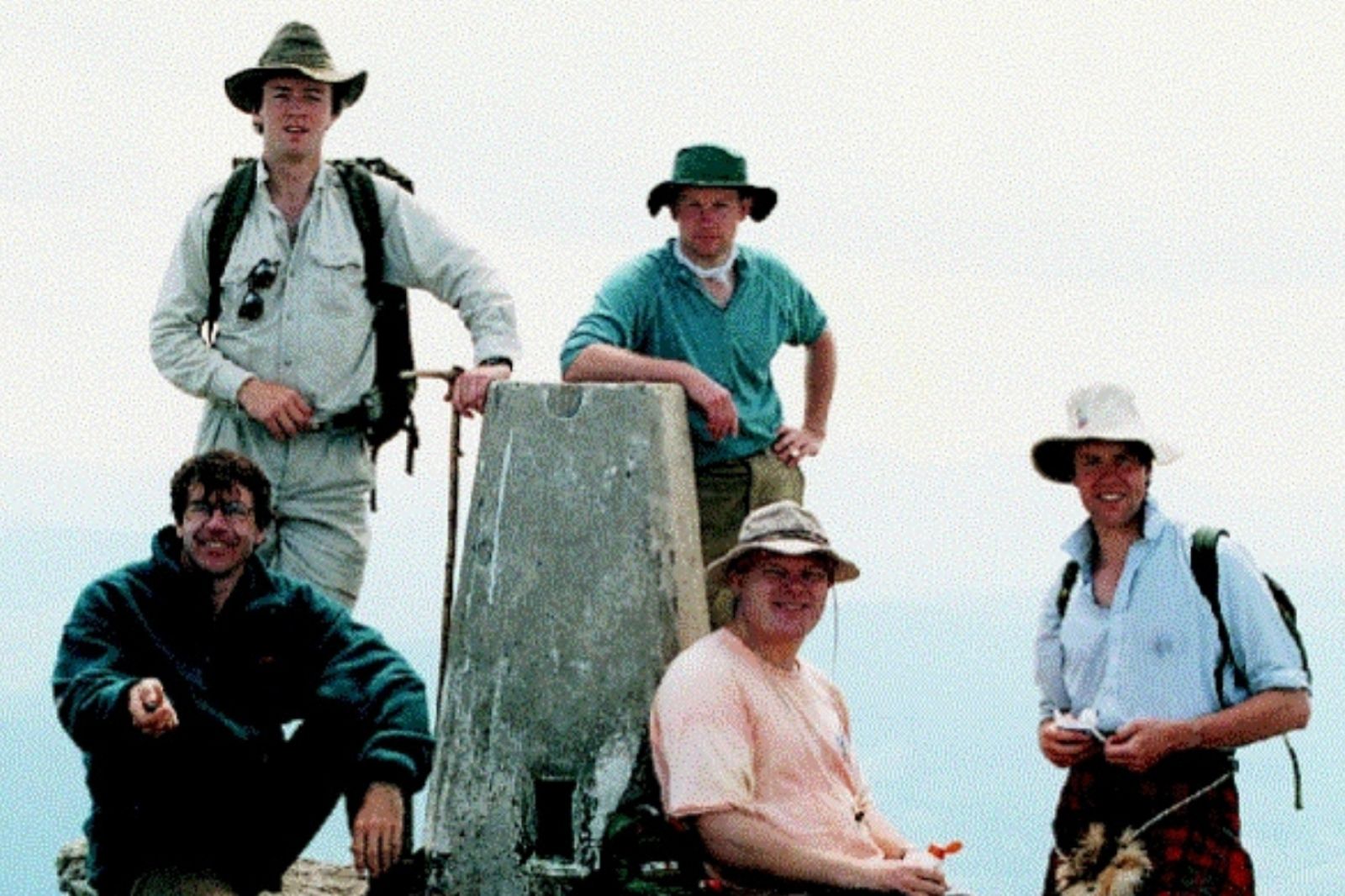
A time of growth
The need for community funding quickly became apparent, especially to support community projects with limited time and fundraising skills. The Foundation began to grow and professionalise, employing more staff, raising independent funds for distribution and engaging with a growing network of community foundations across the UK.
The organisation changed its name to the Scottish Community Foundation. Building invested, philanthropic funds was at the core. However, there was a great deal of opportunistic growth. We delivered fixed-term funding projects, such as a youth grants programme, funded by the National Lottery. The Caledonian Challenge event grew, raising up to £1million a year. This success led the Foundation to create the Loch Ness Marathon as a second event.
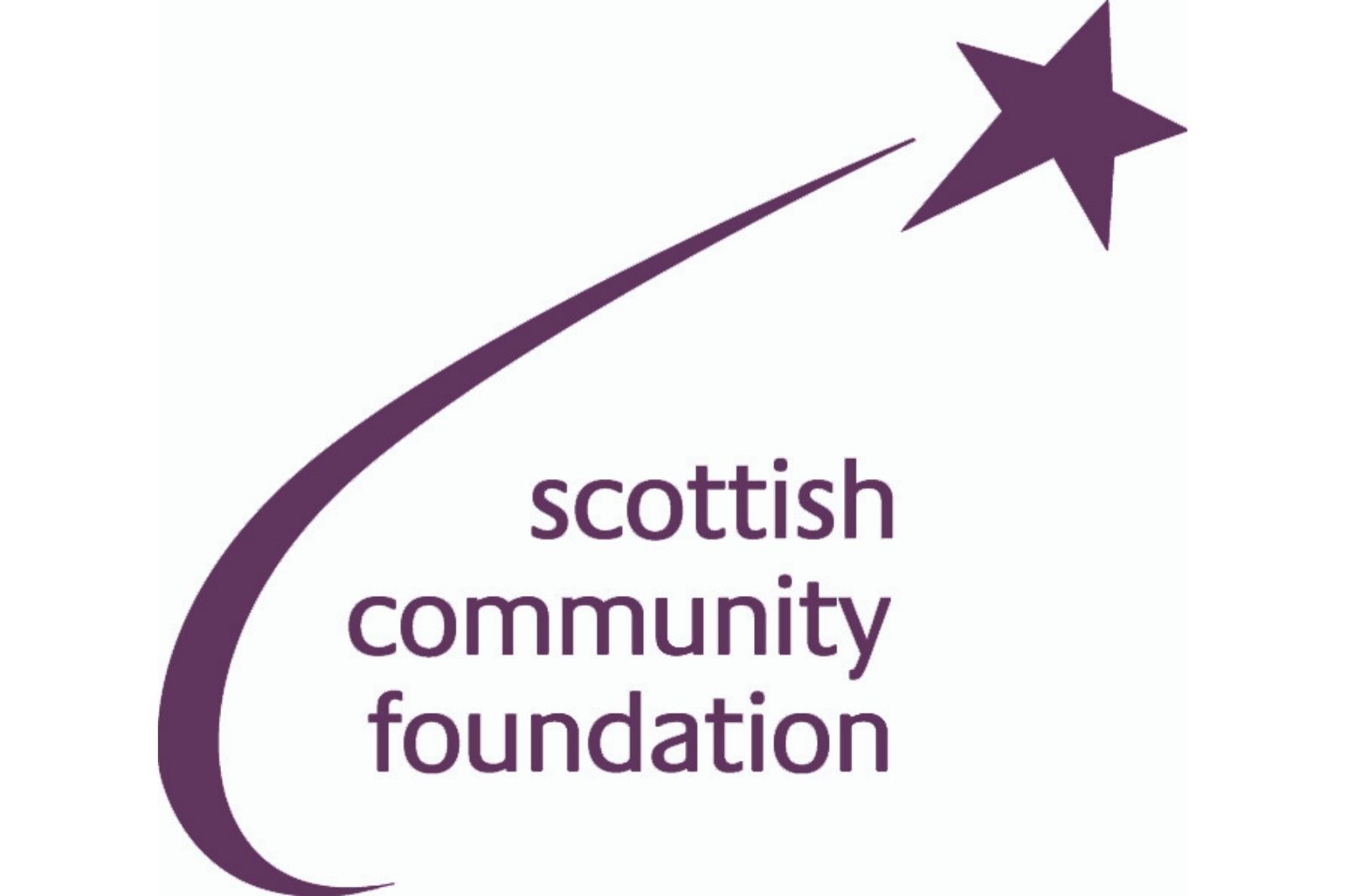
External investment
The Foundation employed its first fund development role, focussed mainly on growing the endowment funds. To grow in this way, and begin to develop stronger leadership, needed core funding. The Foundation gained support from a range of bodies, including the Atlantic Philanthropies (a trust that has distributed £8bn globally), the UK’s Esmee Fairbairn Foundation, and the Scottish Government.
Relationships with philanthropic individuals and families began to grow, and Foundation Scotland became an effective and affordable alternative to the traditional approach to establishing an independent charitable trust. We developed our profile with professional advisors, providing sessions in legal and finance charity conferences. An increasing number of funds were being channelled through Foundation Scotland for immediate grantmaking, as well as for endowment funds.
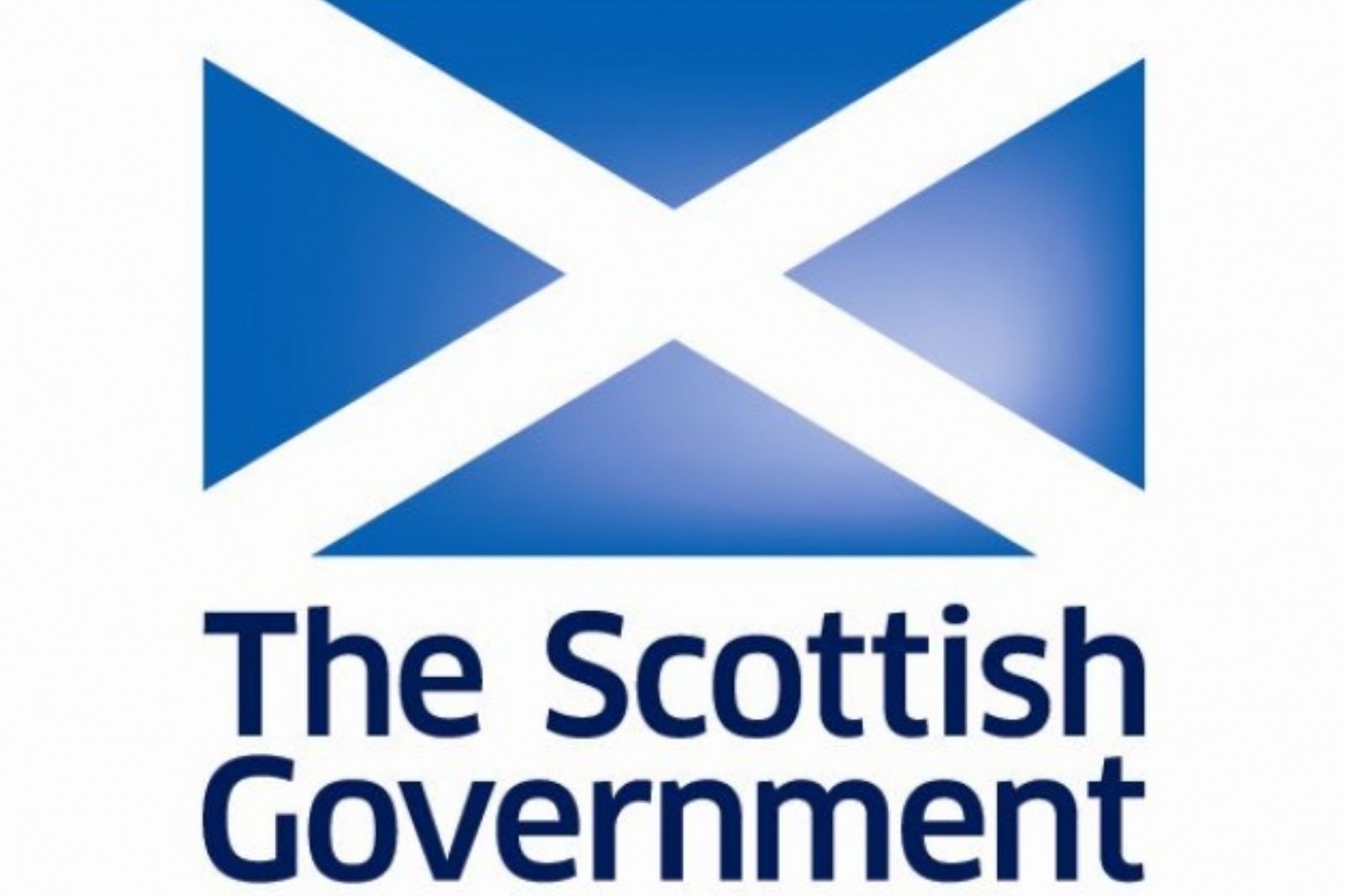
Place-based funding
The Foundation had developed grantmaking programmes from donor funds, often based on themes and particular causes. Examples include a Youth Opportunities Fund from William Grant & Sons, a range of programmes for the Women’s Fund for Scotland, and a family support fund from the Volant Charitable Trust. We delivered funds for a range of Scottish, UK and global companies and UK charitable trusts, such as Asda, ScotRail, Johnson & Johnson, the Oak Foundation and Comic Relief. We also delivered a community capacity-building programme, funded by the National Lottery. This was a new model that brought together community residents and other representatives, to create a vision and a plan for funding in their neighbourhood.
This was the beginning of a new focus, aiming to involve people with lived experience in the design and decision making for funding programmes.

We extended this model to a series of community funds provided by companies in the land and energy sectors. This included many wind farm companies, who offered local funds for the communities that hosted their onshore wind turbines. We developed our profile and capability in community-focussed funding from an initial relationship with a large power utility company. We soon became the go-to organisation for companies offering these community benefit funds and the communities in receipt of their funding. We developed new policies in this area and facilitated many community gatherings on best practice in community funding.
These developments led to a growth in the scale of annual funding distribution, and the constituent range of funding programmes, from £250 awards at the smallest end to tens of thousands of pounds at the upper end. We started to provide over 3,000 funding awards per year, mainly into the local, community sector.
Building knowledge and profile
The increased volume of work meant we needed to form a new organisational shape. Our colleagues could build expertise in community-based funds, as well as on thematic funds. Our team could provide the right services and support for the growing number and range of donors using the Foundation to manage and distribute charitable funding.
In 2012 we re-organised our team, we further professionalised with our volunteers being trustees and committee members. We no longer relied on volunteers to undertake grant assessments. We also refreshed the look of the organisation, re-branding to become Foundation Scotland.
We developed our external communications, investing in online web presence and building a wide range of case studies to demonstrate the impact of funds.
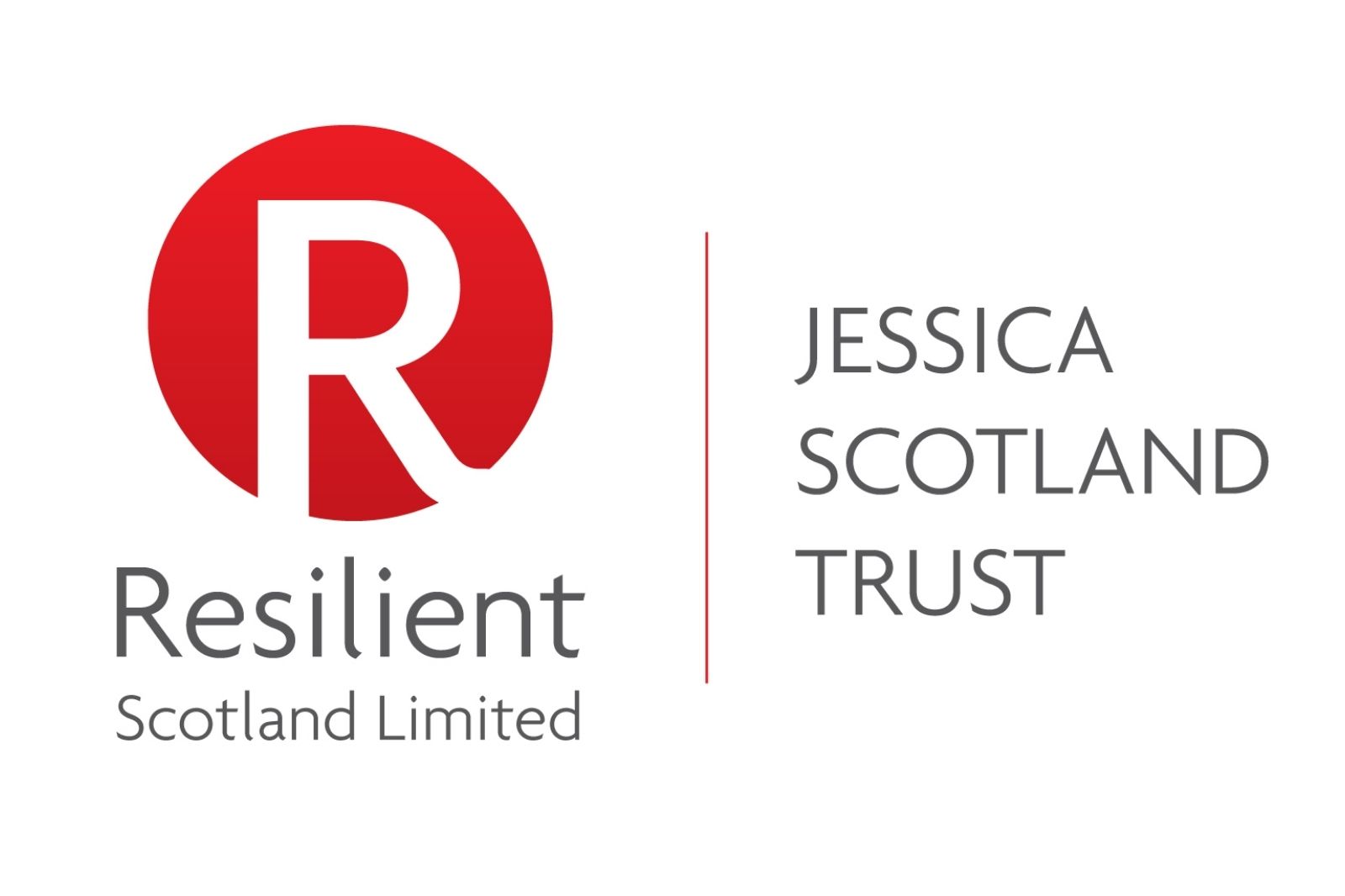
We also sought to increase learning opportunities and demonstrate the value of our programmes through a consistent means of measuring impact. This is a perennial challenge for funding bodies, especially ones covering multiple themes and places.
We created a new, sister organisation in this period, Resilient Scotland. With one-off funding from the national lottery, ‘Resilient’ has become well-known for its blend of ‘grants plus loans plus technical support’ into the social enterprise sector.
Finding our niche
As we grew, we re-affirmed our role as a foundation focussed predominantly on independent, i.e. private sector funding streams. Whilst we delivered occasional public sector funding programmes, for example, for the Scottish Government and the National Lottery, we did so where they added value to our ambitions. We now had additional clarity on who we were and where our strengths lay and where we saw the opportunities for further growth and impact. We understood:
- that the Foundation occupies a unique space in the Scottish funding landscape, i.e. working with independent funders, and not wishing to duplicate the role of other funders' that delivered for the public sector.
- that impact has mainly been achieved by building long-term relationships and long-term (not three-year) funding streams and focusing on long-term endowment funds.
- that better impact is informed by working alongside people with lived experience, such as design and delivery of place-based, and thematic funds.
- and that we can achieve more than the sum of the constituent parts through collaboration with partners.
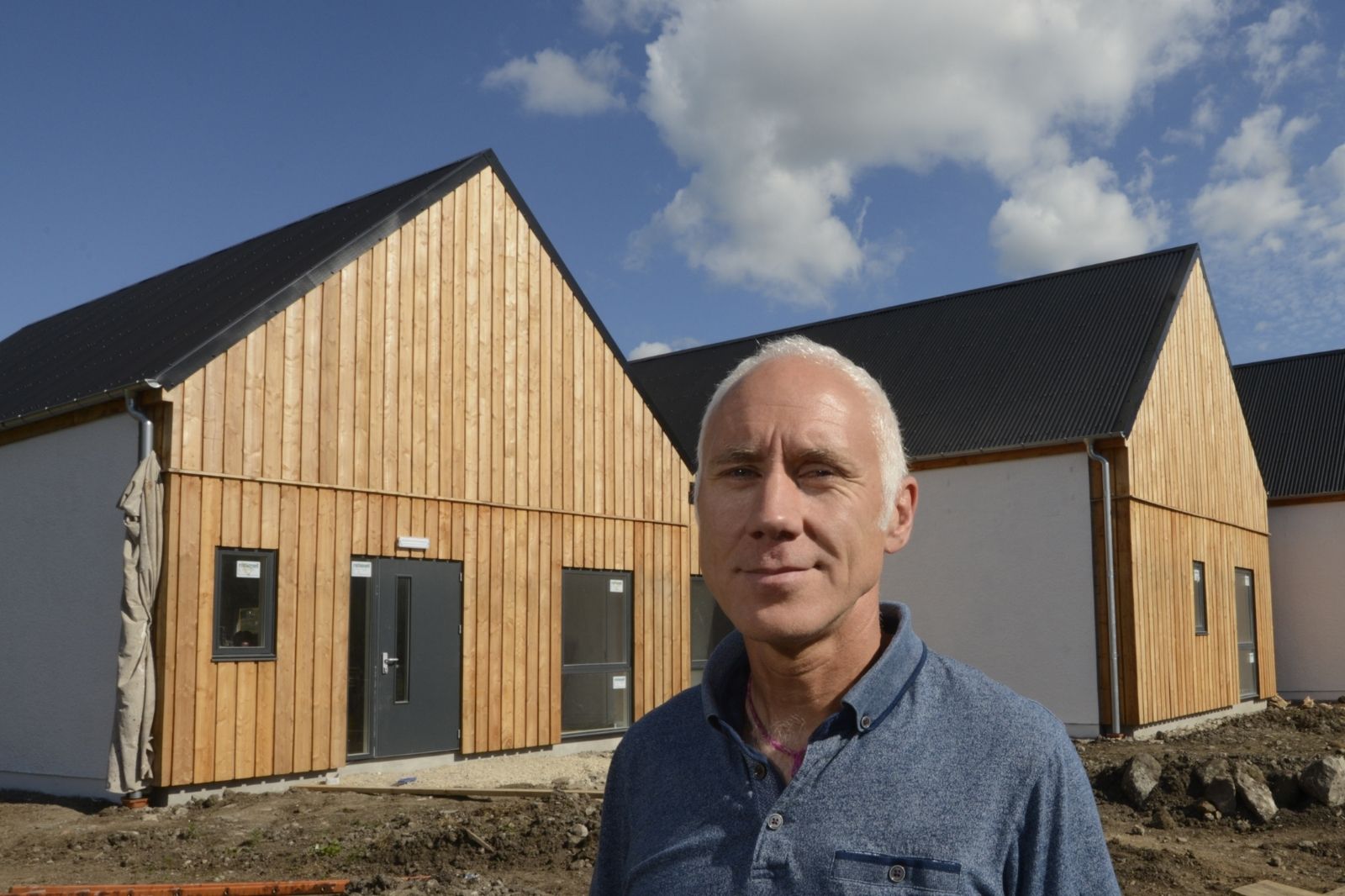
Present day
As the community foundation for Scotland, rather than for a smaller region or one city, this national context brings additional responsibilities and opportunities, to provide local services under a Scotland-wide identity. To deliver these on a wider scale, for many donors, supporting many communities and doing this efficiently remains a challenge. In recent years we have brought in new approaches to our processes, underpinned by digital investment, to support effective and efficient growth.
We have replaced the wide-reaching entrepreneurialism of our early days, with creativity and innovation of the products, services, grants and other funding, and community support which has been fine-tuned over many years. This led to us refocusing our vision, of confident, thriving, resilient communities across Scotland, and our purpose to support communities to shape their future with the capacity and resources to deliver it.
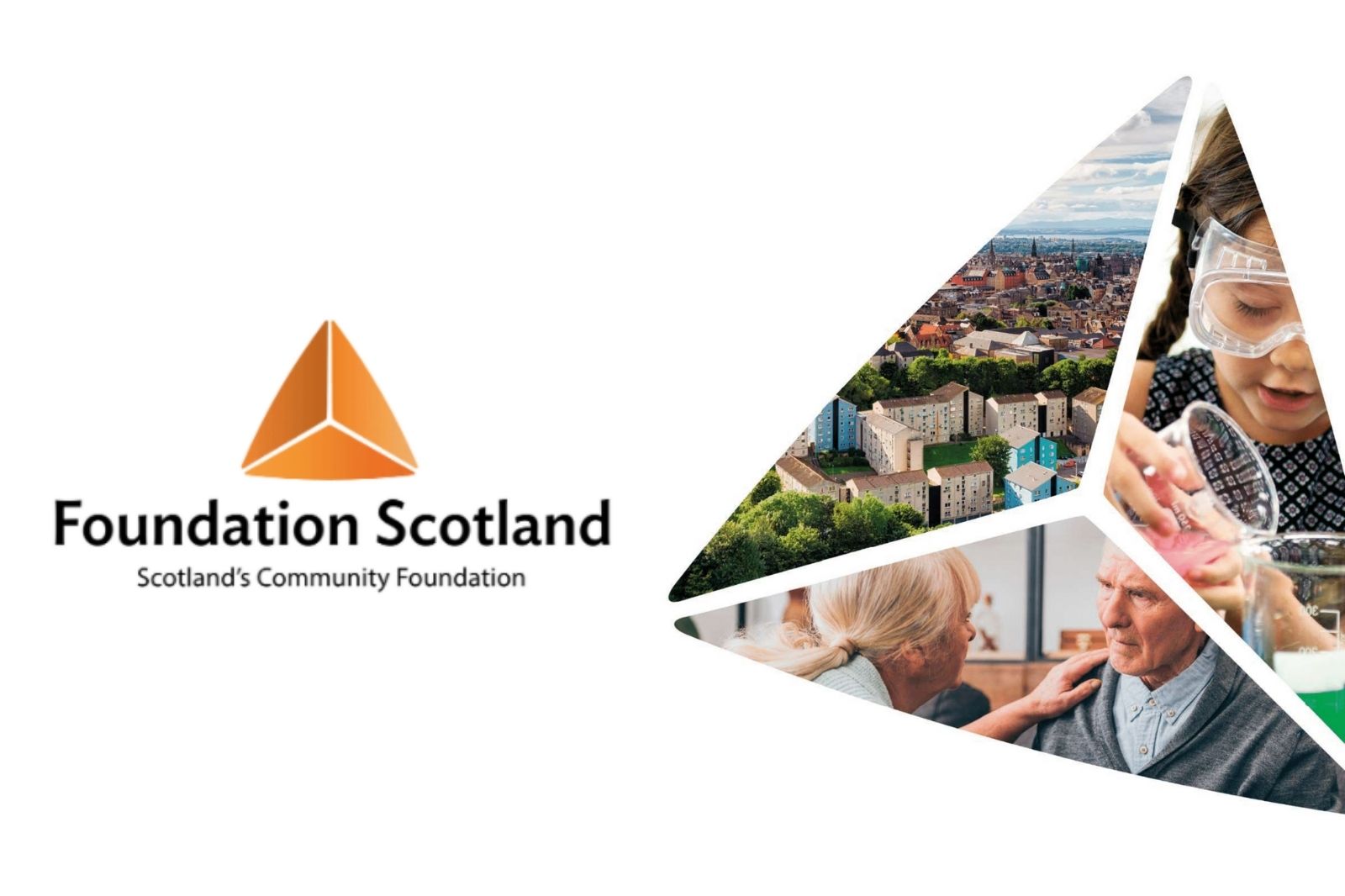
Looking back, we can see that the range of projects undertaken has provided positive community impact and provide learning that has helped shaped Foundation Scotland into its current form. The core, underlying activities have endured well, and remain current. Other activities from the past no longer form part of our core and are not relevant to our future. However, these various projects have led to our growth. We celebrated our 25th anniversary in 2021, and in 2022 we surpassed £150 million in funds distributed since we launched in 1996.
We remain proud to have developed and delivered such a wide range of funds and services. This scope of funding programmes, policy work, donor development and community facilitation continues to this day.




